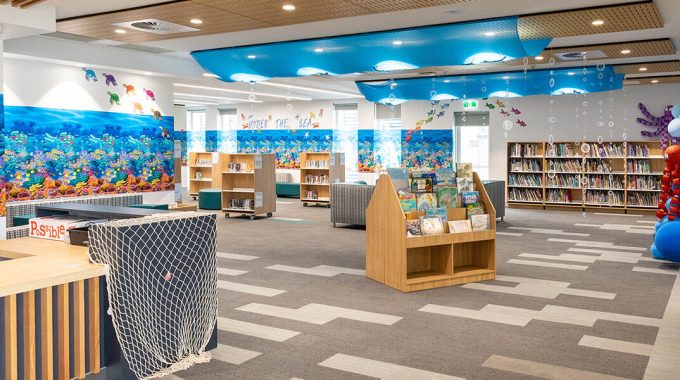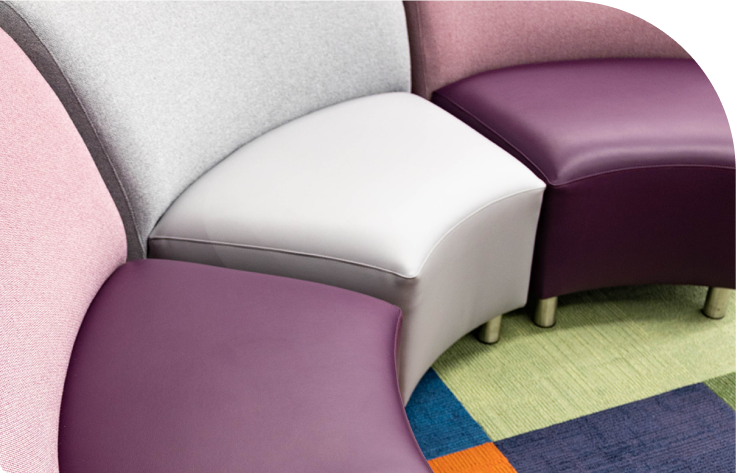Classroom Furniture Layouts that Make a Difference
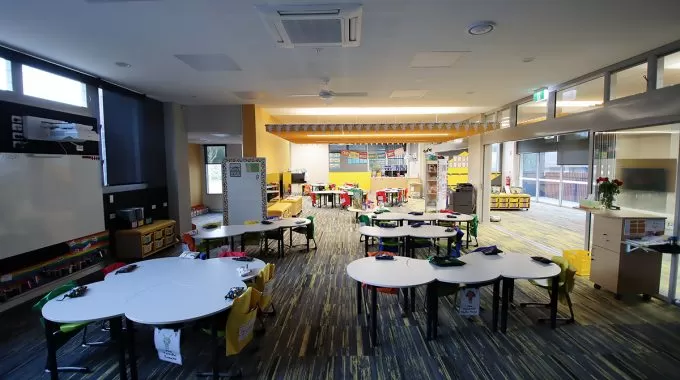
Classroom Furniture Layouts that Make a Difference
The layout of your classroom furniture is as important as the school syllabus, and teaching methods. Reorganising the classroom can help achieve desired learning outcomes when it comes to your students. It is important to remember that different teaching methods require different types of classroom layouts, and when the layout is in harmony with the teaching style, the number of students, and the size of the classroom, the results are exceptional.
The classroom seating layouts that work best are dependent on many factors, including:
- Classroom shape and size
- Age group of the students
- Distractions
- Teaching styles.
Studies have suggested that the seating arrangement of a classroom impacts the learning process of the students. So, without further ado, here are some classroom furniture layouts that make a difference:
Traditional Classroom Layout
The traditional classroom layout is the most commonly used seating arrangement in both schools and universities. This is the type of layout where all student tables and chairs directly face the front of the classroom, in neat rows. This layout is highly effective when teacher lectures and are easily applicable in larger classrooms.
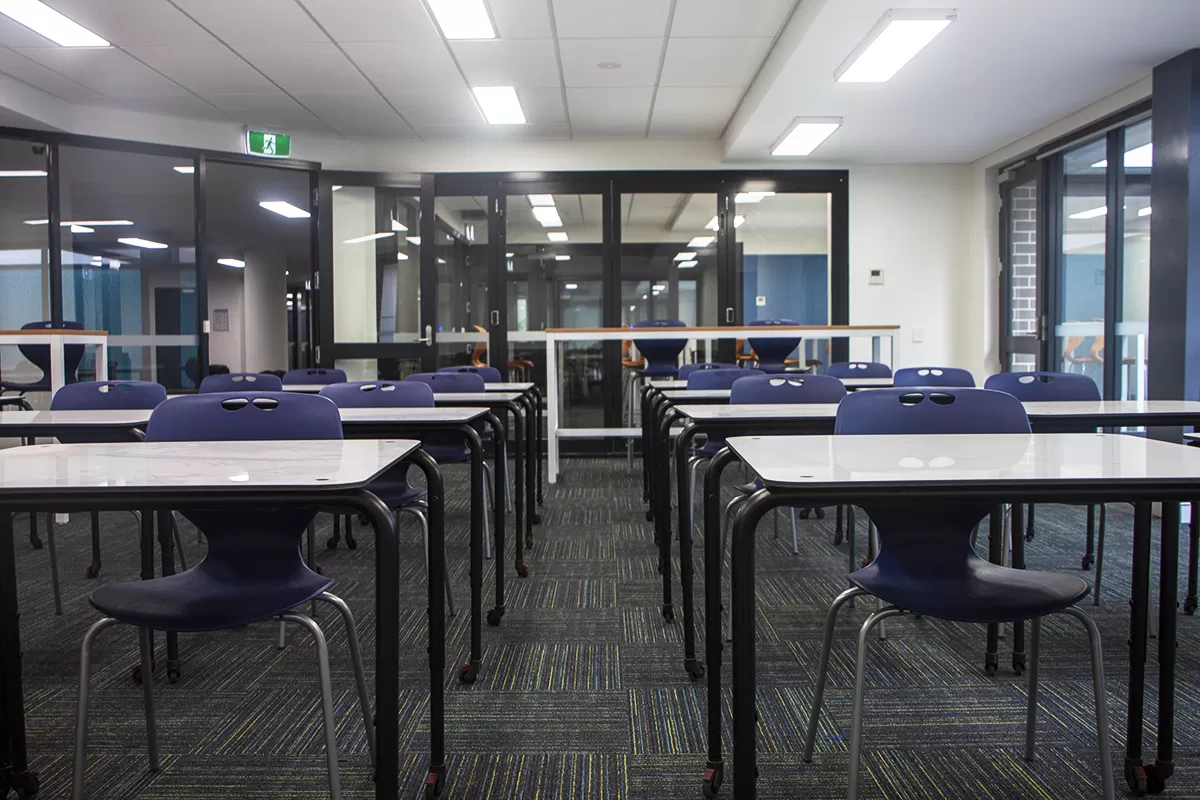
U-shaped Layout
The u-shaped layout is ideal for the smaller classroom that requires more collaboration between the teacher and students. This layout allows the teacher to observe each student and provide personal help. The key feature of this type of arrangement is that the students never have their backs to one another, giving them unrestricted views of the front of the classroom.
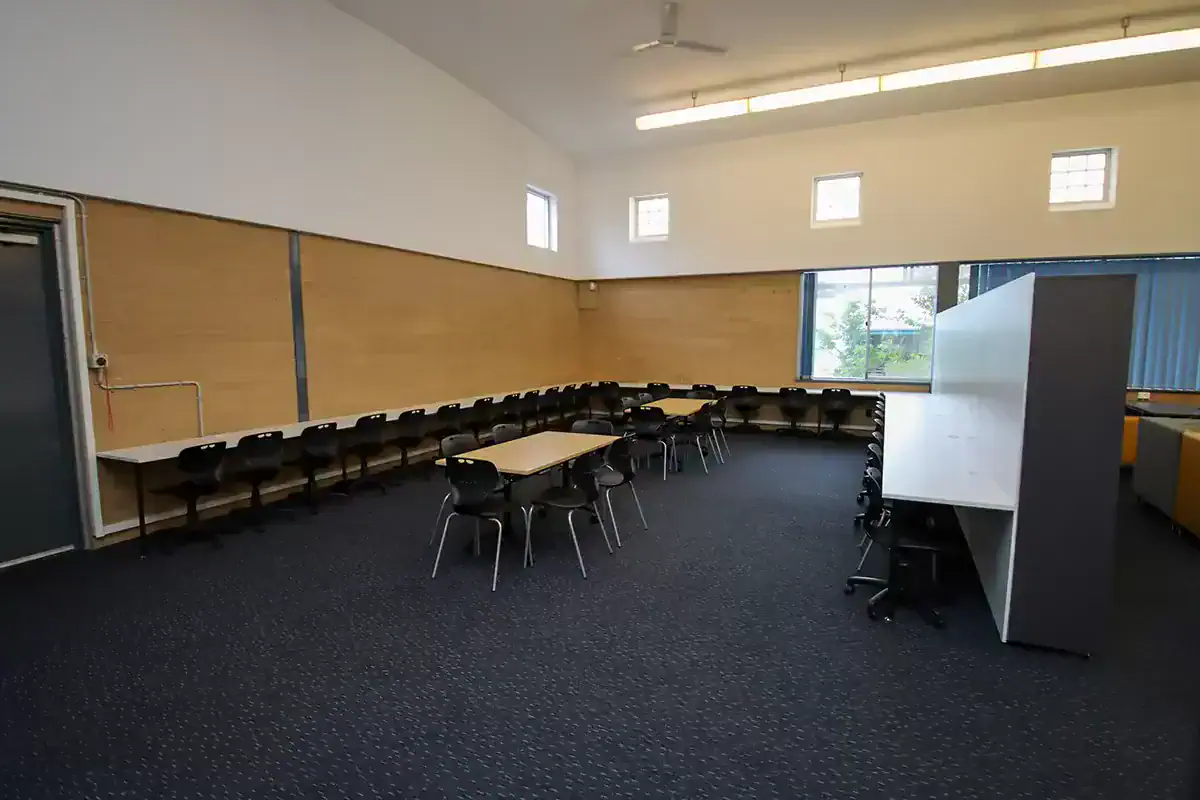
Grouped Seating
Are you planning on giving students group work? Classroom seating arranged in small groups of four to six students encourages group discussions and allows teachers to monitor students. For the best success with this kind of seating arrangement, arrange the tables so that the teacher’s table is in the front and the group tables are lined up or arranged in a semi-circle to allow the tables to all be visible to the teacher.
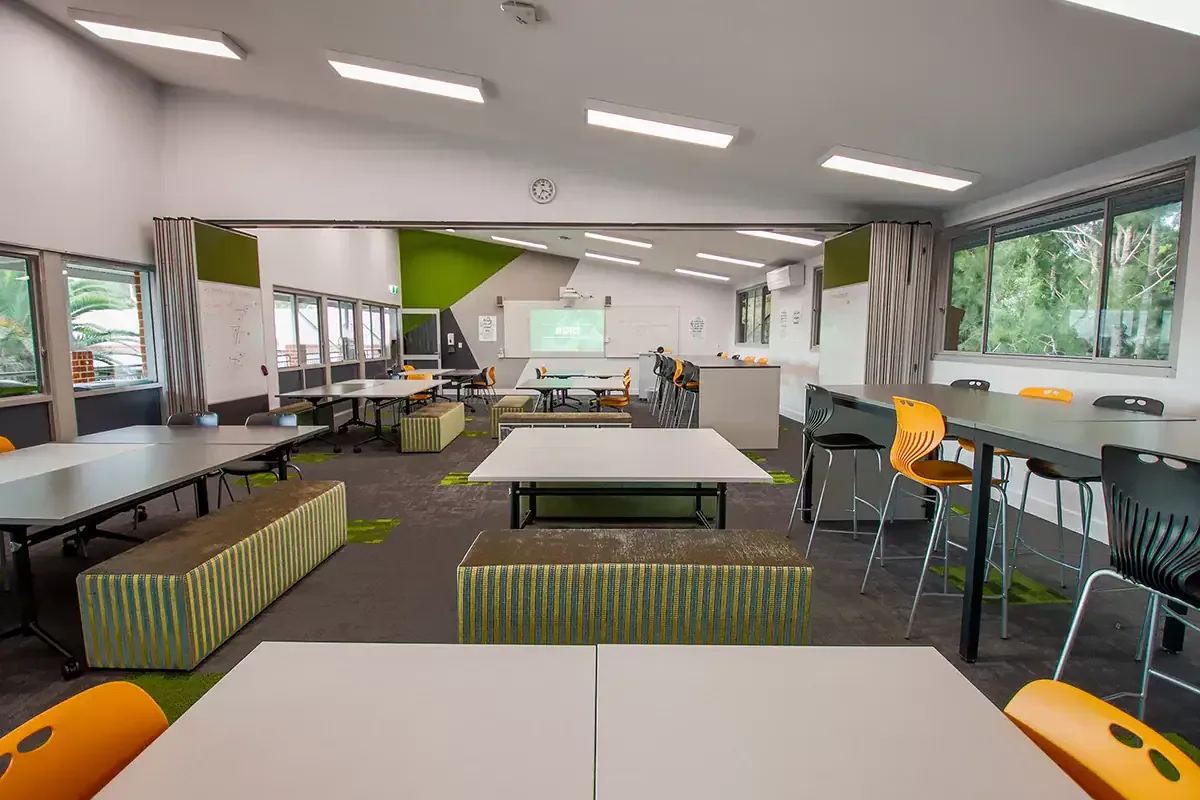
Circle Arrangement
When conducting class discussions, circular arrangements can be great to facilitate collaboration and communication. Students will have a clear view of the person speaking, and the teachers will easily be able to control class discussions. Circle arrangements can also help foster group dynamics.
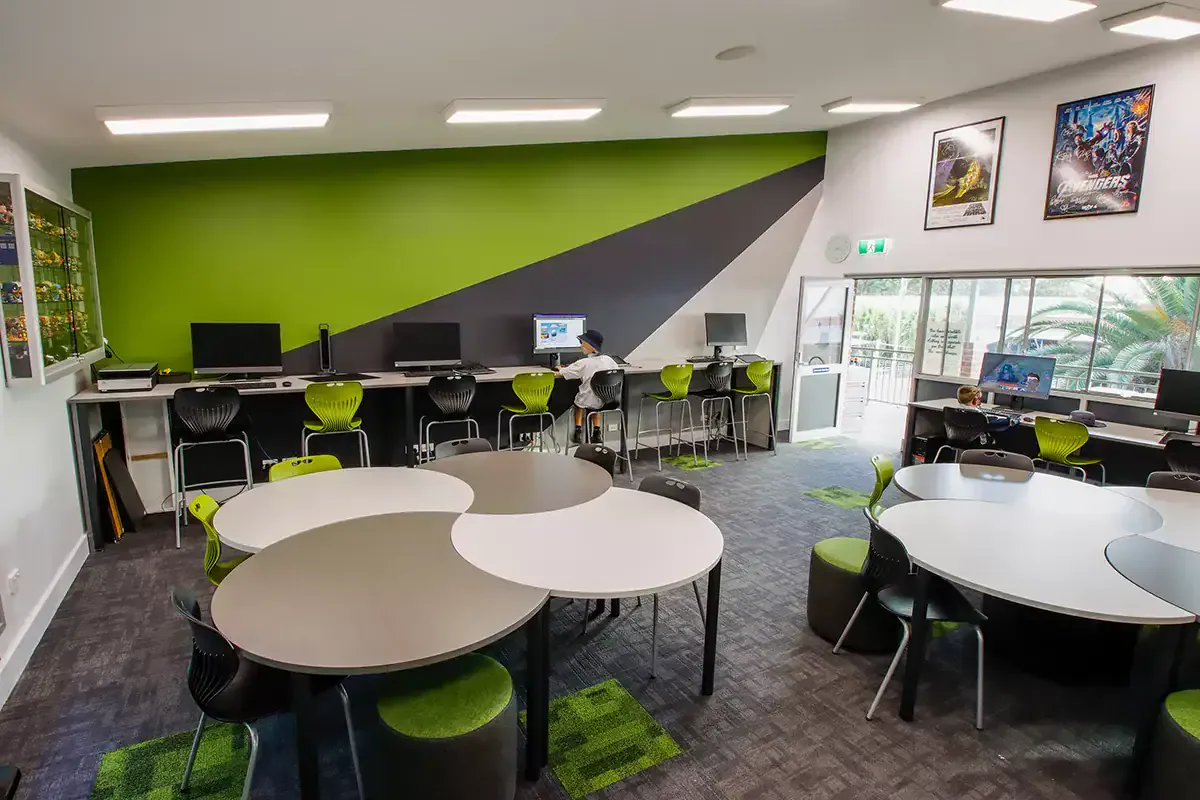
Semi-circle Arrangement
A semi-circle layout can be effective when visual aids and interactive boards are being used. This makes sure that each student can see the front of the class clearly, and teachers can maintain eye contact with all students while also checking to see if they are being attentive.
At Abax Kingfisher, we are proud to provide the classroom furniture Australia trusts. If you are unsure about which classroom layout will best suit your space, as well as the furniture you will need to implement this effectively, give us a call on 1300 811 054.



